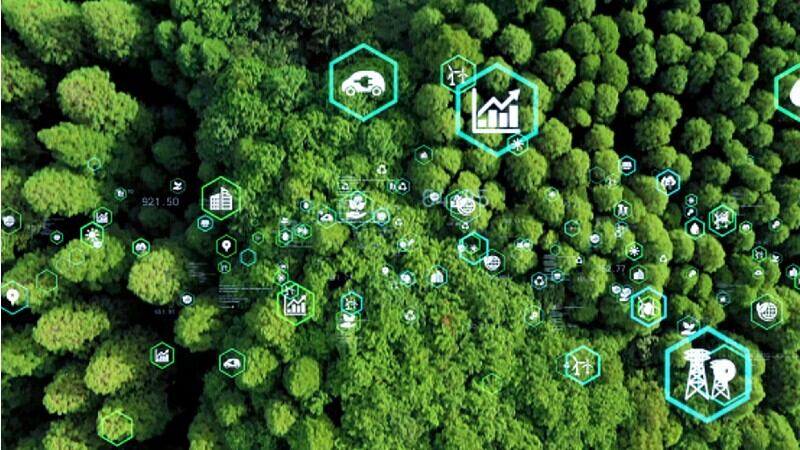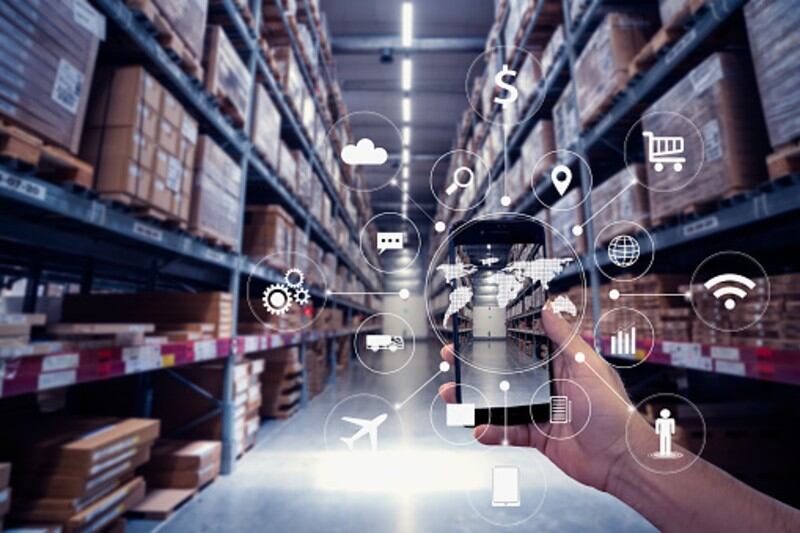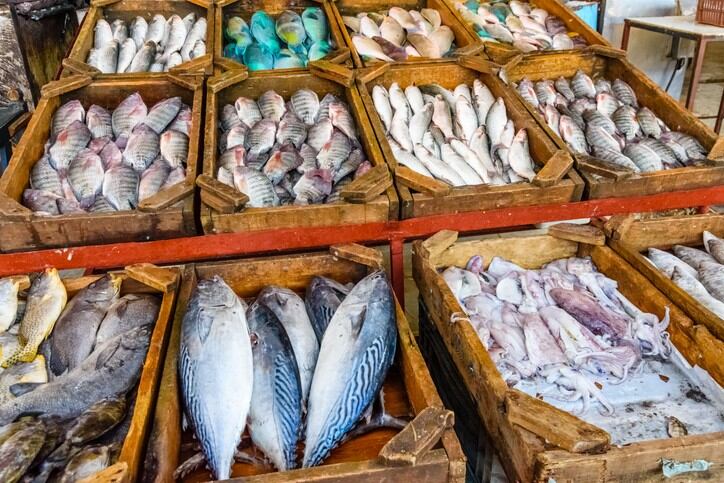This is according to a panel of experts speaking at the Asia Pacific Economic Council (APEC) 2021 CEO Summit.
The panel comprised APEC Business Advisory Council Chair and Founder of sustainable seafood firm Yellow Brick Road Rachel Taulelei, CJ Cheiljedang Executive Vice President Heekyung Jo Min and Sociedad Minera Cerro Verde Vice President of Corporate Affairs Julia Torreblanca.
APEC is an inter-governmental economic forum made up of 21 member economies that surround the Pacific Ocean, including both those from the APAC region and those who are not such as the US and Peru.
According to Min, based on CJ Cheiljedang’s extensive reach across the food supply chain in South Korea and various other markets it is in, food packaging remains one of the biggest challenges, yet one of the most necessary, to tackle in order to create a sustainable food chain – and to do this, the acceptance of innovative new technology is crucial.
“CJ Cheiljedang is looking at many areas to increase the sustainability of our operations, from using more eco-friendly ingredients to effective water recycling and conservation, and of course, better packaging,” Min told the floor.
“These days, we have a very strong focus on using new technology in doing this, as we have realised that only technology will be able to bring the sustainable food cycle ahead. This applies strongly to [packaging challenges], so things like plastics reduction and the development of biodegradeable plastics.
“For example, in the development of biodegradeable plastics, we are making use of our fermentation technology to develop a new type of food packaging which can be used to enhance [the sustainability of food production].
“In addition to packaging, new technology is also important in areas such as applying renewable energy to the manufacturing cycle or in developing new vegan substitutes such as meat and egg alternatives which consumers are increasingly looking for, all in hopes of making the world more sustainable.”
Inclusion
Taulelei concurred but added that in the food industry’s road towards sustainability, it is also crucial to include in its journey other stakeholders, from consumers to the government, including vulnerable communities.
“There has been a lot of talk about inclusion in the APEC conversation this year, particularly surrounding Micro, Small and Medium Enterprises (MSMEs), women and indigenous groups who have been the most adversely affected by the pandemic – along with this, there has also been a lot of talk about economic recovery in the region,” she said.
“To achieve economic recovery in APEC countries, the key really is to bring conversations to the table on how to support these groups, including increasing their business and trade opportunities – most marginalised communities actually have a lot to offer us as a people.”
Amongst the business and trade opportunities for these communities include the development of food-related businesses based on local practices or raw materials - such as in New Zealand which has seen indigenous communities create products such as beverages based on traditional ingredients, or bringing its dairy worldwide based on traditional values.
Torreblanca added that in order to make this work, it is essential to ensure that all communities are connected.
“Technology is now essential part of the world economy, so we must focus on the communities that need connection and access to opportunities to them – only then will this provide trade opportunities to groups like the MSMEs, which will improve not only the way they work, but also the profits received,” she said.
“But in order to do this, what needs to be done is to work with the relevant authorities to ensure that the funds they have are properly spent in the correct fields, [fields that will] contribute to long-term sustainability.”
Taulelei agreed that government input is crucial here, particularly when it comes to international food trade.
“For instance, we see trade-distorting subsidies implemented around the region which are linked to issues such as increased pollution, the overuse of water resources and biodiversity loss,” she said.
“[These in turn] incentivise overproduction and leave a heavy environmental footprint. [This needs policy input] to be solved.”
Min added in the importance of also including consumers in this journey in order to drive it forwards.
“CJ Cheiljedang recently went global with our bibigo brand, [and in doing this] we have realised that a lot of communication with consumers is needed [to bring through] the sustainability message,” she said.
“Many of our consumers are women and young people who are concerned about sustainability. Where consumers used to focus closely on the health of their own bodies, now this has expanded to include the whole ecosystem and how their food is being produced.
“Packaging for example came into the spotlight more recently as a major concern – previously it was always about their food safety and the taste of the products. Eventually, hopefully people will be educated to reach a compromise for [the desired level of] environmental sustainability.
“The sustainability of the entire food chain is too big for any one company, or any one country, to handle alone, so in conclusion, collaborative and inclusive efforts are important.”
Taulelei added that consumers today are ‘very different to those 18 months or two years ago’ due to the pandemic, which has affected and changed many priorities as well.
“Fundamentally, after COVID-19 consumers want to make choices that meet their needs but also don’t want to make decisions that will affect the rest of world negatively,” she said.
“So as a food company, any effort that can satisfy their knowledge that they are not affecting a rainforest or a labour force adversely is a step in the direction of your food or beverage product over others.
“The trick is how do you convey this to them as it’s a very busy market, and a lot of messages going around – what we believe in New Zealand is that we need to consider whether we are being a ‘good ancestor’, which means that as food producers, you need to consider whether you are making those right decisions in your products’ production [as] decisions made today have a decision on the world tomorrow.”





